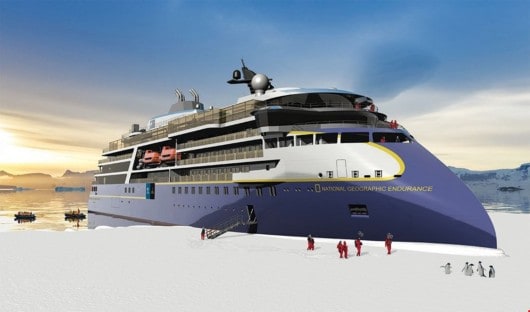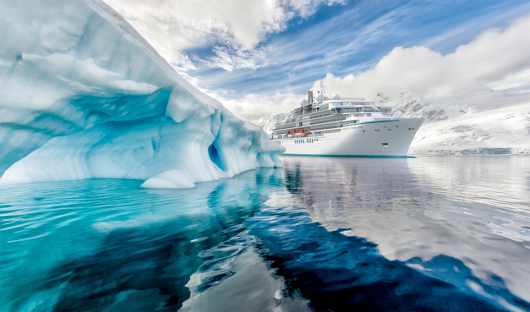
ROSS SEA Cruises
Few places in the world remain as pristine, untouched and rugged as the Ross Sea region of Antarctica. Unharmed by human activity, a voyage to this area is simply incomparable. With ice strengthened ships equipped to make their way through the pack ice in a safe and comfortable manner, this region should be added to the list of any traveler seeking an opportunity to explore less visited, uncharted territories. Marvel at the beauty of the surrounding mountains towering above you along with glacial ice tongues, vast ice shelves, mystical icebergs and drifting sea ice. Take a visit to the various penguin rookeries and witness the beauty of the seals and whales as they swim around you.
As a region flooded with wildlife and beautiful scenery, it’s no surprise that slowly more and more ships are making their way down to the unique destination. This being said, only a handful of expedition ships taking travelers are allowed to visit each season. To experience untouched scenery and protected nature in this magnitude is truly a one of a kind experience and one that simply cannot be put into words.
To help you understand the options, and there a many, we have a specialist and dedicated Antarctic Luxury & Expedition Cruises web site featuring (Antarctic Peninsula, South Georgia, Falkland Islands, Ross Sea and New Zealand Sub-Antarctic Islands). Click here and you’ll be taken to this site.
The other option is to call us 1300 668 112. There are only a handful of ships that head to the Ross Sea, usually on expedition cruises that depart from New Zealand.
ROSS SEA LUXURY & EXPEDITION SHIPS
If you know the ship upon which you would like to explore Central America on click on the image or button below and you’ll be taken to the page for that ship with all of its itineraries.
HIGHLIGHTS OF THE ROSS SEA
RUGGED LANDSCAPES

Image courtesy of Heritage Expeditions
Snow covered peaks appear across the horizon with glacial ice tongues, ice shelves and bergs and an abundance of drifting snow ice. Cruise along the Ross Sea Ice Shelf, the largest in the world and responsible for stabilizing the Antarctic Ice sheet, few people get to experience the magnitude of such a vast frozen place. Be left in awe from the dramatic peaks of the Admiralty Mountains, towering to 4000 metres, bounded by colossal glaciers welcoming you to Cape Hallett. Discover the beauty of Ross Island, home to the world’s southernmost active volcano, Mt Erebus (currently dormant), or experience the rugged and desolately beautiful Franklin Island. Each itinerary will give you the opportunity to experience many different places throughout the Ross Sea area, continually leaving you speechless by the beauty and stillness of a region tucked away from the rest of the world.
HISTORICAL HUTS
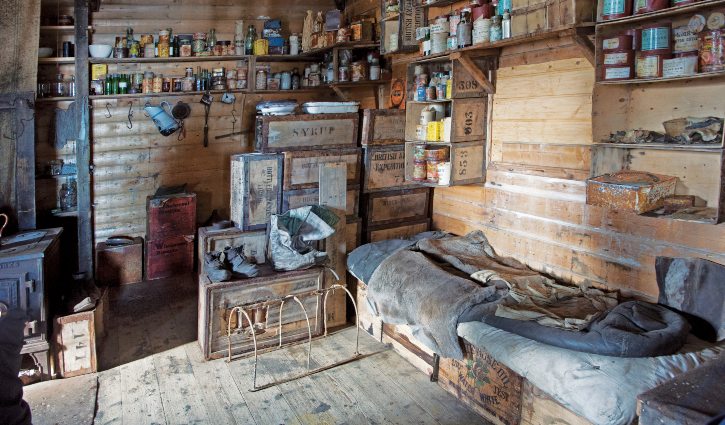
Image courtesy of Heritage Expeditions
Rich in history, the Ross Sea takes its name from it’s discoverer, Sir James Clark Ross in 1841. A mix of different explorers and adventurers made unrelenting journey’s to the region and the history of these voyages still remain with hut’s and other relics scattered around the area. Many itineraries go to Cape Adare, where the oldest buildings in Antarctica are located- these lie on Ridley Beach erected during the 1899 expedition of Norwegian explorer Carsten Borchgrevnik and were once again used by the British explorer Robert Falcon Scott and his team in 1911. These historical huts are also surrounded by the world’s largest Adélie penguin colony. Visit the Shackleton’s and Scott’s huts, both giving you a rare glimpse into the life of some of the world’s most adventurous explorers. Be amazed at the way that these huts have withstood the test of time in such adverse conditions. Compare these historical sites with modern scientific bases and field camps spread throughout the region.
PROTECTED WILDLIFE
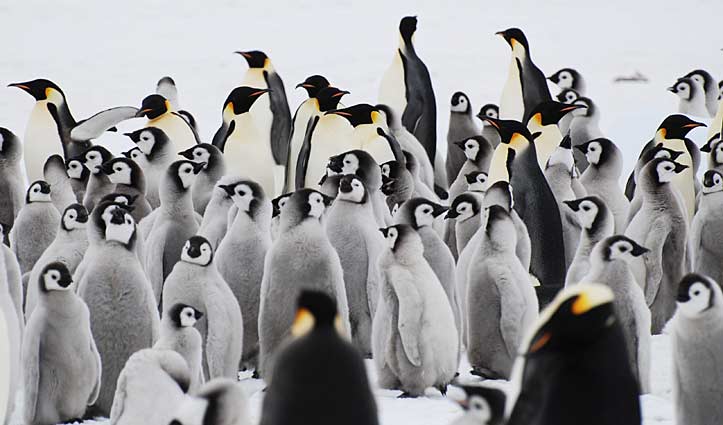
Since October 2016, the Ross Sea became the world’s largest marine protected area through the support of 24 countries and the European Union. Following this, commercial fishing was banned in a zone of 1.57 million square kilometres for the next 35 years. Whilst only comprising of 2% of the Southern Ocean, the shelf and slope of the Ross Sea is home to 38% of the world’s Adelie penguins, 30% of the world’s Antarctic petrels and around 6% of the world’s population of Antarctic minke whales. The upwelling of nutrients from the deep waters of the Ross Sea are carried through currents all around, making the conservation of this region not only important but absolutely necessary.
SUB ANTARCTIC ISLANDS
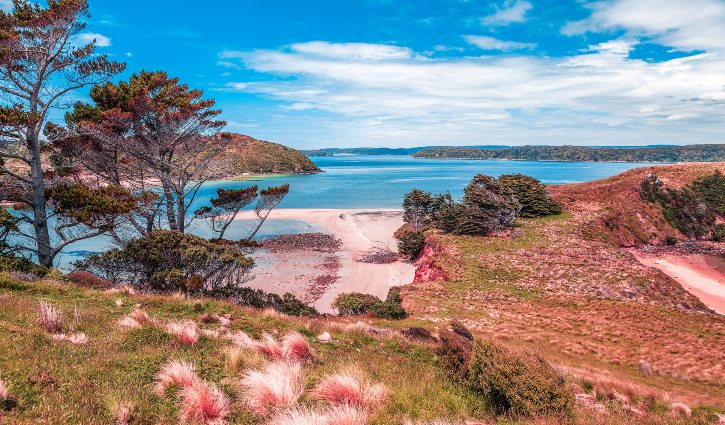
With the unique location of the Ross Sea region, most itineraries will go to/from New Zealand passing some of the most unique and wildlife inhabited islands on the planet, the Sub Antarctic Islands. Drop anchor in Campbell Island, where Southern Right Whales come to calve and Campbell Island Shags and Light-mantled Sooty Albatross roam the skies. Experience the abundance of wildlife on Macquarie Island, home to thousands of seals and millions of penguins along with many species of birds, plants and invertebrates found no where else in the world. Have the privilege of exploring the strictly regulated New Zealand Sub Antarctic islands and their surrounding waters which have the highest level of protection of conservation status from the New Zealand government- one look here and you will see why. It is considered “bird central” by top ornithologists around the world. Part of this region, the Auckland Islands, the largest in this region are home to rich flora, prolific bird life and fascinating human history. These Sub Antarctic islands are as unique as the Ross Sea region of Antarctica and make for an unforgettable experience.
Note: Not all mentioned islands will be visited on one itinerary.
DRY VALLEYS

If you are travelling on a ship equipped with a helicopter, and weather permits, be among the few to step foot in a place only describable as Planet Mars. The McMurdo Dry Valleys are a remarkable environmental phenomenon. Considered the driest place on Earth, the valley’s haven’t received rain in over 2 million years. The ice-free dry deserts provide a playground of fossils and salt accumulations. Only reachable by helicopter, relish in the fact that only a handful of people have stepped foot where you have and experienced this bazaar terrain.






